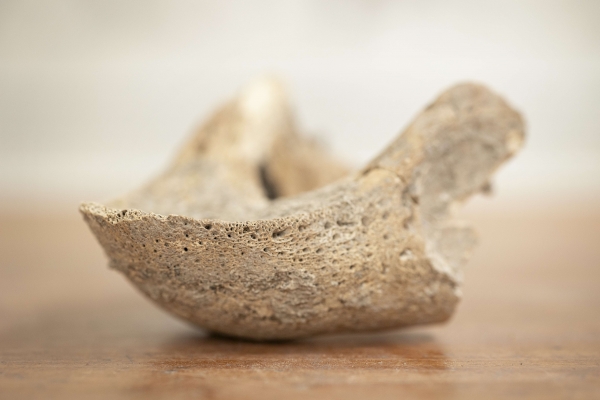For approximately 3,000 years, generations of green sea turtles have returned to the same Mediterranean seagrass meadows to eat. This was discovered by Dr Willemien de Kock, a historical ecologist at the University of Groningen, by combining modern data with archaeological findings. Sea turtles migrate between specific breeding places and eating places throughout their lives–this much was known. But the fact that this stretches over many generations highlights the importance of protecting seagrass meadows along the coasts of North Africa.
When young green sea turtles hatch, their parents have already left for a long journey. The little turtles clumsily make their way off the beach into the ocean and, not yet able to navigate the long migration of their parents, float around for years. During this time, they are not very picky eaters, omnivores even. Then, at about five years of age, they swim to the same area where their parents went, to eat a herbivore’s diet of seagrass.
Along the coasts of the eastern Mediterranean Sea, volunteers are active to protect the nests of the endangered green sea turtles. However, as Willemien de Kock explains: ‘We currently spend a lot of effort protecting the babies but not the place where they spend most of their time: the seagrass meadows.’ And crucially, these seagrass meadows are suffering from the effects of the climate crisis.
Read more at University of Groningen
Image: Sea turtle bone (Credit: University of Groningen)


